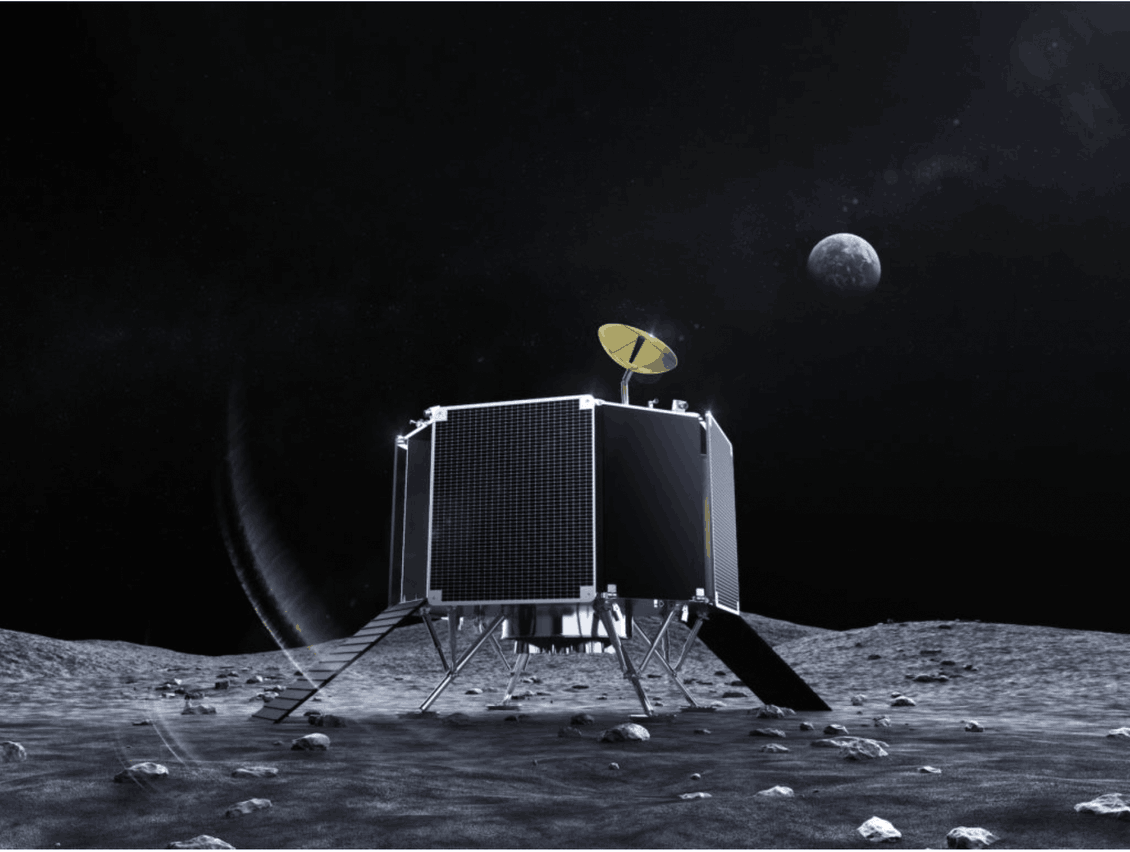With the first and second missions still underway for launch in 2022 and 2023 respectively, the design for the next-generation lander to fly during a third mission to the moon as early as 2024 was unveiled during the symposium in the United States, where the lander is also set to be designed, manufactured, and launched.
It is planned to be developed in partnership with defense and diversified technologies company General Atomics Electromagnetic Systems Group and US-based nonprofit engineering innovation company, Draper. The lander successfully passed a preliminary design review in June and is described as the largest and most capable lander ispace has developed. It is approximately 9 ft tall and 14 ft wide with a capacity to deliver up to 500kg to the lunar surface and up to 2,000kg to the lunar orbit.
“As we look to the near future, Series 2 will enable us to not only increase our capabilities, but also to provide greater access and opportunities for our customers. Series 2 is a positive step toward realising a diverse and sustainable cislunar ecosystem,” says Takeshi Hakamada, the founder and CEO of ispace.
A key feature of the lander is its ability to cater to a variety of customers including government, commercial and scientific clients, and is set to be one of the first commercial lunar landers capable of surviving the lunar night with the ability to land on either the near side or far side of the Moon, including the polar regions. Potential future missions under NASA’s Commercial Lunar Payload Services (CLPS) programme is already envisaged.
Other features of the lander include its Guidance, Navigation and Control (GNC) by Draper to enable accuracy during descent, and an inbuilt engine-out capability that ensures delivery in the event of engine loss.
The US subsidiary of ispace has nearly 30 employees and is located in Denver, the central location for the development of ispace’s Series 2 lander. The CEO of the US subsidiary, Kyle Acierno, says he believes Denver is becoming “the lunar lander capital of the world and we are proud to call it home!” He added that ispace aims to broaden collaboration with American partners.
During the unveiling, ispace also released a snapshot of the lander’s Payload User’s Guide for its third mission, with a snapshot of the document online and a complete guide to be made available upon request.
For its first mission in the second half of next year, the Series 1 lander has completed key tests and is currently undergoing final assembly in Germany. The first mission expects to have a full customer payload including those from the Mohammed bin Rashid Space Centre (MBRSC), and the Japan Aerospace Exploration Agency (JAXA). Ispace, which aims to be the gateway for private sector companies to transport their business to the Moon, is currently in the process of finalising contracts to provide payload delivery services for other customers. For its second mission, capacity is still available for customers to utilise and several discussions for transportation services are ongoing.
Ispace employs over 150 employees across its offices in Japan, Europe and the United States. As of August, the company had raised a total funding of approximately $195.5 million used to build small commercial lunar landers to provide high-frequency and low-cost delivery services to the Moon.
